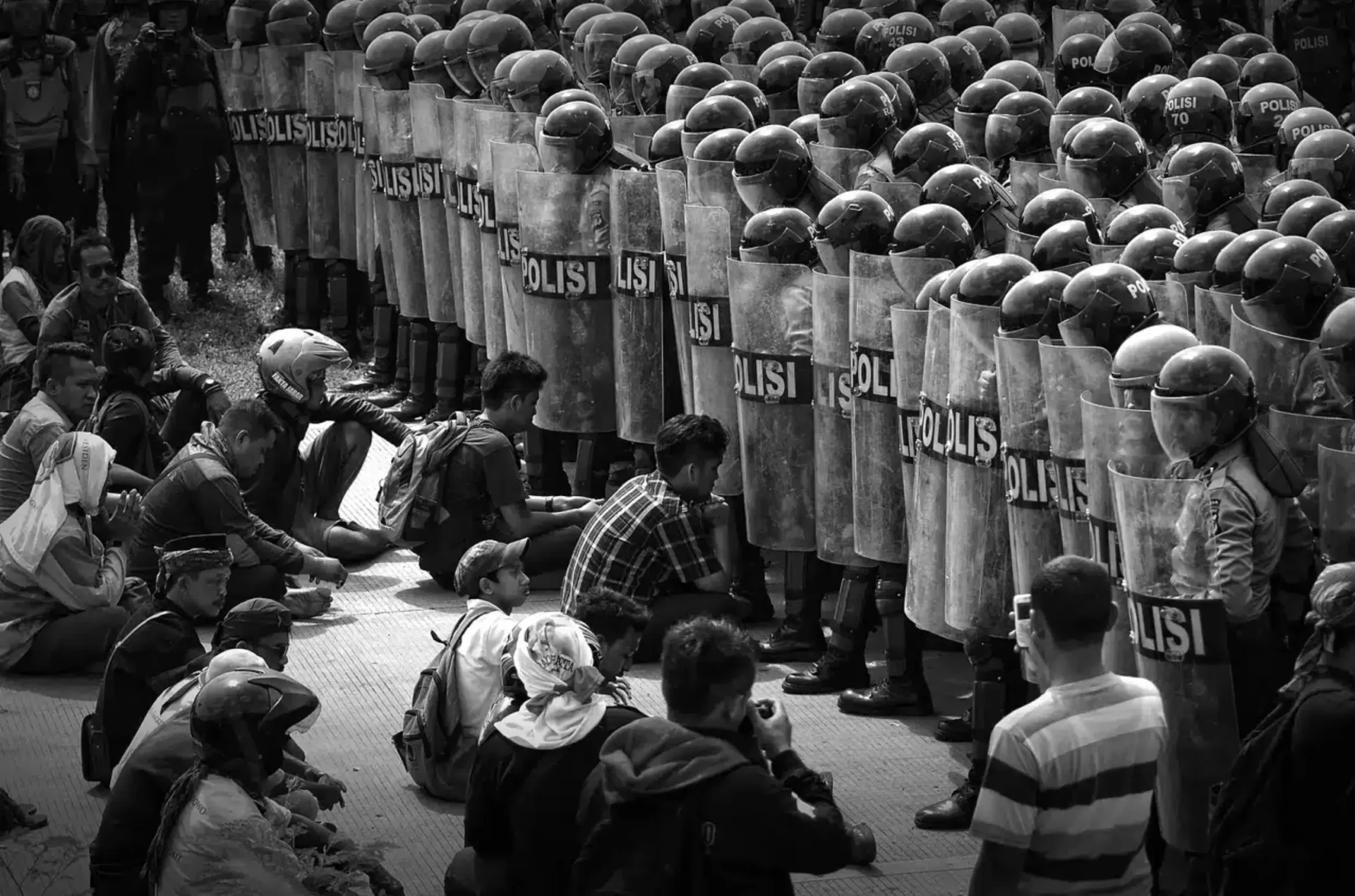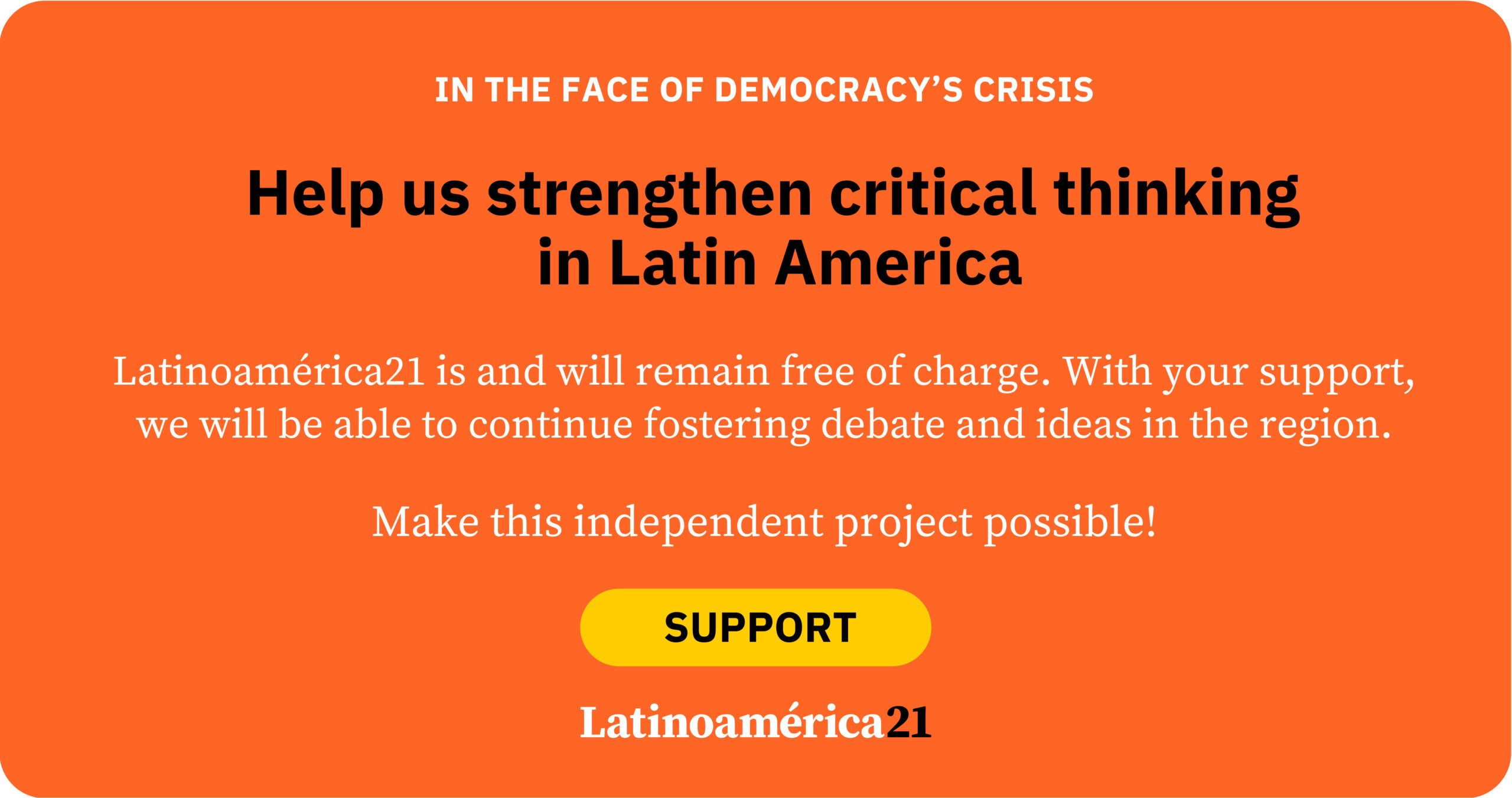In recent decades, democratic backsliding, authoritarianism, and institutional erosion have become attractive areas of research for political scientists. However, as social scientists, we have the obligation to remain impartial and avoid bias in our analyses, setting aside personal sympathies or aversions toward specific parties or leaders.
Like doctors, social scientists examine the symptoms that emerge in countries to diagnose the state of democracy. This is no minor task. Just as a sick person seeks answers and the right medication for their ailments, political science aims to explain the causes and symptoms that lead to either democratic regression or consolidation. To achieve this, it is crucial to consider certain key concepts.
A number of times, some colleagues often make errors or present alarmist scenarios due to conceptual confusion or manipulation of variables. Methodologists such as Giovanni Sartori, Leonardo Morlino, and James Coleman have stressed the importance of using concepts carefully and not overstretching them to ensure precise and rigorous analyses.
Terms like state, regime, system, and government are sometimes used interchangeably, which can lead to misdiagnoses. These concepts help focus the analysis, as identifying the level at which democratic weakening occurs—whether in institutions or government—determines the nature of the problem.
The first concept to consider is the state, understood as the highest institution governing a society within a defined territory, exercising authority through a government. The state materializes the social contract and persists over time, outlasting ideologies and government changes. Thinkers such as John Locke, Thomas Hobbes, José Migdal, and Hans Kelsen have extensively theorized about the state.
When analyzing democratic erosion, certain symptoms indicate a weakening state: 1) a project or political movement colonizes and subjugates state institutions, 2) the state ceases to fulfill essential functions like security, justice, and public services, 3) non-state actors challenge its monopoly on power, and 4) it loses the capacity to maintain order within its territory.
Guillermo O’Donnell studied these state failures and introduced the concept of a “schizophrenic state,” which is one that fails to perform its basic functions. When the state erodes, territorial control weakens, democracy deteriorates, and fragile governments emerge. In health terms, a severely affected state is akin to a patient in intensive care, as it signals fundamental structural problems in a country.
The second key concept is the political system, a term introduced by Talcott Parsons and later applied to political science by David Easton. A political system encompasses institutions, regimes, and political actors shaped by values and beliefs. As Easton described, it involves the authoritative allocation of values within a society. These systems—whether democratic or authoritarian—reproduce behaviors that can either strengthen or weaken institutions.
Scholars such as Gabriel Almond, Karl Deutsch, and Samuel Huntington have built upon Easton’s definition. Moreover, political systems are classified as democratic or authoritarian, i.e., they acquire values and reproduce attitudes that can strengthen or weaken the institutional framework. Political systems are inherently complex and, when disrupted, they possess both adaptability and resilience.
Adaptation, a concept borrowed from Darwinian evolutionary theory, refers to a system’s ability to adjust to disruptions through mechanisms like protests, coups, or revolts. Resilience, derived from social psychology, refers to a system’s capacity to withstand external pressures and attacks. Experts like Freidenberg, Levitsky, and Norris have explored the resilience of democracies in Latin America and Europe.
The third concept is the regime, which refers to power organization and government branches’ division. The rules governing a society are crucial in assessing democratic decline. If political actors frequently alter these rules to consolidate power, they undermine the separation of powers and institutional checks and balances.
In Nicaragua and Venezuela, legislative and judicial power structures have been reshaped to centralize authority in the executive branch. In Mexico and Bolivia, reforms in the judicial selection process have been perceived as efforts to weaken the judiciary as an independent counterweight. Indicators of authoritarian shifts include power concentration, judicial persecution, and the subordination of parliament to the executive.
Not all authoritarian regimes are identical. Hannah Arendt described totalitarian systems, where freedoms are entirely suppressed, as seen in North Korea. Juan Linz introduced the concept of sultanism, exemplified by Daniel Ortega’s Nicaragua or Haiti under the Duvalier dictatorship. Latin America has also seen civic-military regimes, such as Brazil and Argentina in the 20th century, and national-populist regimes led by military figures advocating economic development, such as Ecuador under Guillermo Rodríguez Lara. Pierre Rosanvallon, meanwhile, has theorized about “démocradure,” —a blend of démocratie and dictature— which are hybrid regimes combining democratic and authoritarian elements.
As shown above, there is a wide range of regimes with their particularities. Still, some countries exist in what is known as “gray zones,” where democratic and authoritarian traits coexist. In health terms, these cases resemble chronic conditions where dominant political forces gradually weaken institutions. Signs of democratic backsliding include institutional weakening, opposition persecution, and restrictions on civil liberties, all of which indicate a drift toward authoritarianism.
The final concept is government, analyzed by scholars like O’Donnell, Schmitter, and Whitehead. Government consists of the political actors—parties, presidents, and prime ministers—who make decisions and implement policies. Unlike the state, the government is inherently ideological, subject to party interests, and prone to change through electoral shifts.
Authoritarian tendencies in government often stem from the leader’s behavior, particularly in cases of populist leadership. However, identifying an authoritarian-leaning president does not necessarily mean the entire state or regime has abandoned democracy. Other institutions and actors can counterbalance executive overreach.
Over the past five years, studies on personalist leaders with anti-pluralist or authoritarian tendencies have proliferated. However, this does not imply that the state or the regime as a whole have become authoritarian.
For instance, Argentina’s Javier Milei has gained notoriety for his chainsaw metaphor and provocative rhetoric, yet the country has not exhibited clear signs of authoritarian transition. In Colombia, President Gustavo Petro has openly clashed with the electoral authorities and accused the opposition of plotting a coup. In Poland, the defeat of the Law and Justice party in legislative elections has allowed pro-European leader Donald Tusk to curb President Andrzej Duda’s power. In Austria, the exclusion of the nationalist Freedom Party from government negotiations has been seen as a democratic reprieve.
In conclusion, as social scientists we must adhere to conceptual rigor, empirical observation, and methodological precision, even when it proves challenging. Misdiagnosing political conditions can lead to biased interpretations that weaken arguments and, in some cases, influence public perceptions.
*Machine translation proofread Ricardo Aceves.













